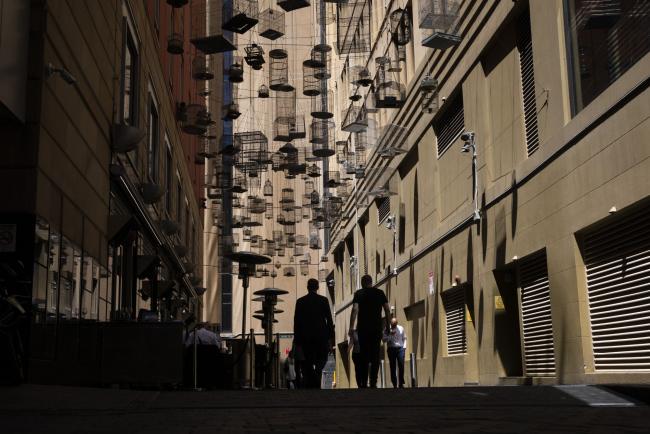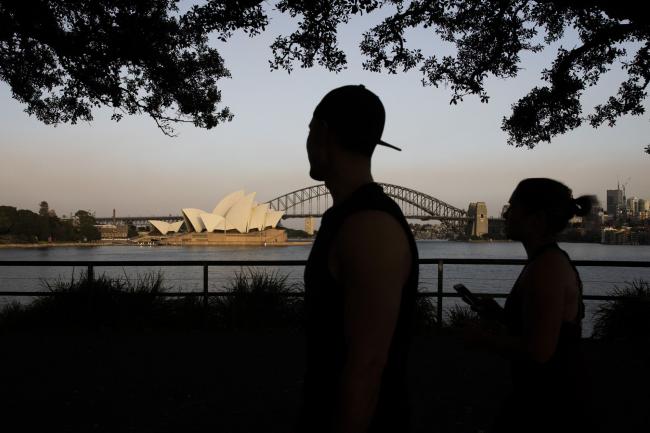(Bloomberg) -- Australia’s jobless rate is set to soar in the next three months to levels just shy of a recession-era peak in 1992 as the economy is set to contract severely, according to Bill Evans of Westpac Banking Corp.
“Economic disruptions are set to be larger as the government moves to address the enormous health challenge which the nation now faces,” the chief economist said in a research note Tuesday. “Despite releasing new forecasts only last week we are now revising those forecasts in light of the current extraordinary circumstances.” He had previously forecast a 7% peak.
Evans expects 814,000 job losses in the second quarter will lift unemployment to 11.1% and the economy will contract 3.5% in the period. Australia’s gross domestic product rose 2.2% in the final three months of 2019 from a year earlier -- the most recent data -- and the jobless rate fell to 5.1% in February.
Australia is battening down the hatches to halt the spread of the coronavirus: the government shut the border to non-nationals and ordered non-essential services like pubs and gyms closed. It has rolled out two fiscal stimulus packages and the Reserve Bank cut its cash rate to 0.25% and initiated a yield target on government bonds to lower risk free rates across the economy.
Evans said the recovery in the third quarter is set to be “slow” and sees the jobless rate remaining at 11% and GDP still shrinking 0.3%.
The turnaround will come in the final three months of 2020, he said, as shutdowns and travel restrictions are eased. Westpac forecasts a bounce back of 350,000 jobs with unemployment falling to 8.8% and GDP lifting to 1.6% in the fourth quarter.
“This is a more rapid recovery than we have seen in previous recessions but we recognize that the circumstances are quite different,” he said.
“Historically, recessions have tended to emanate from investment cycles, particularly those centered on property and building with the initial shock centered on construction,” Evans said. “As this recession will hit services much harder, the loss in jobs will be much quicker, but so too can the rebound be much faster, all dependent on how many firms remain solvent.”
Australia’s economy hasn’t recorded two consecutive quarters of contraction since the first half of 1991 as strong population growth has kept it ticking over. The unemployment rate peaked at 11.2% in December 1992 during that down cycle.
Overall, through the year, Westpac expects 2020 GDP to contract 3%.
Economist Forecasts Recent Updates
©2020 Bloomberg L.P.

